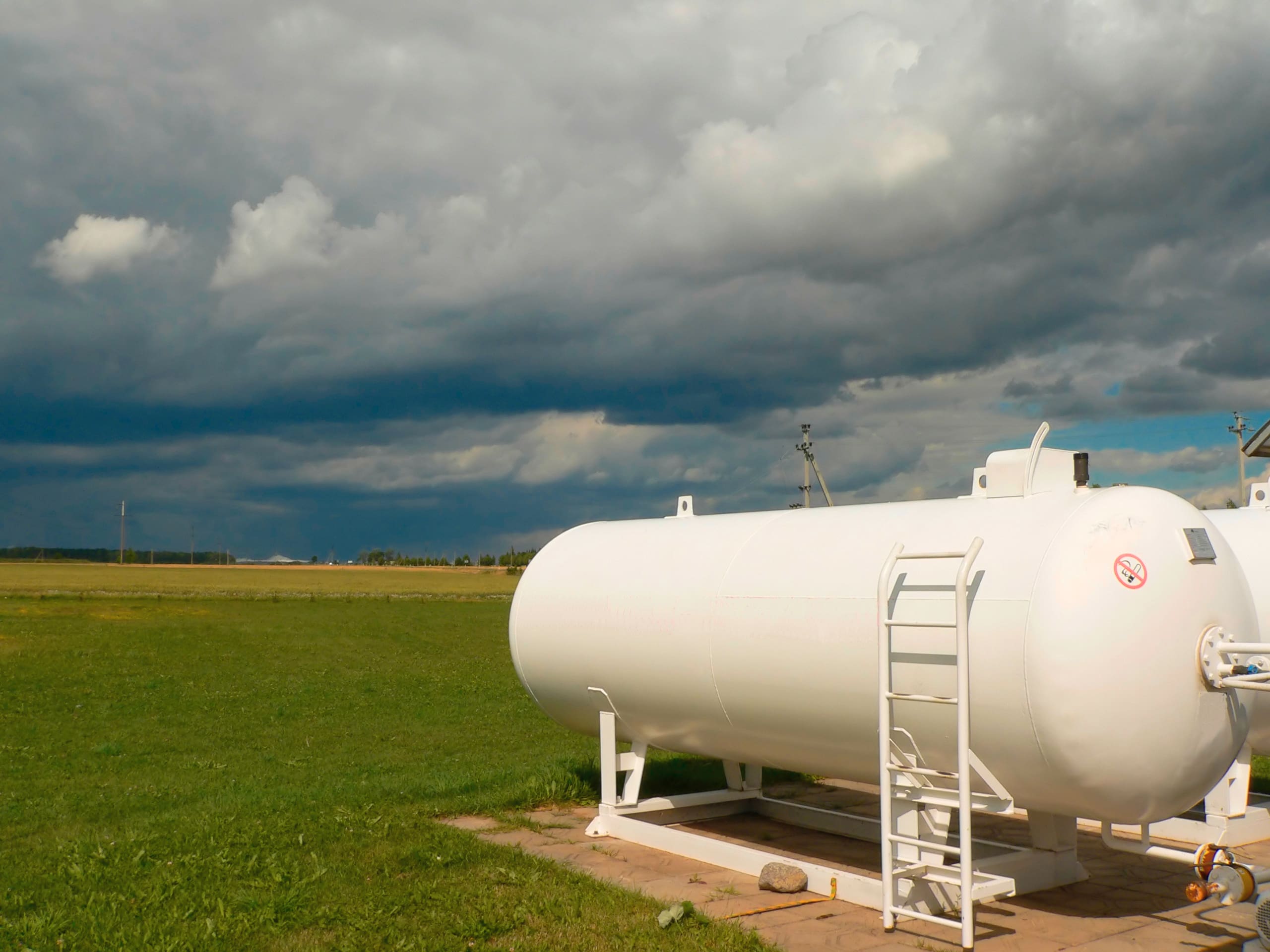
With more than 50 million American homes using propane, there are a lot of propane tanks out there that need to be filled and ready for use.
Predicting when those tanks will need more gas comes down to some simple math related to how much propane a specific customer uses. The more information you have about your customers’ historical propane use, the easier it will be to develop a reliable formula for deliveries.
Once you have the formula in place, scheduling your drivers for delivery becomes more efficient. Let’s take a look at two numbers to help forecast when propane tank service is needed.
Heating Degree Days
The first number you need to figure out is the heating degree days in your area. A degree day is a way of measuring how cold or warm a location is, and the more extreme the weather, the higher the number of degree days.
Knowing the range of outdoor temperatures is a reasonable measure for calculating heating energy demand. More energy tends to be used the lower the temperature drops.
The standard temperature for measuring a degree day is 65 degrees Fahrenheit, chosen because it tends to be the point at which people begin considering turning their heaters on.
To calculate the degree day, you first get the average of the day’s high and low temperatures. That number is then subtracted from 65 to give you the heating degree days.
For example, if the day’s average temperature is 40 degrees, it has 25 heating degree days. This can be used as a backward measure to figure how many heating degree days the past month had or as a predictive measure using historical highs and lows.
Understanding K-Factor
At its core, k-factor is a number that lets you know how fast a customer uses propane. The lower the number, the more fuel burned each day. The higher the number, the less fuel burned each day.
You can think of it as similar to miles per gallon for a car. You are calculating the number of degree days per gallon of propane or how many degree days one gallon of propane will last.
If a customer’s k-factor is five, that house will get five degree days per gallon. You can then divide that number into degree days to calculate usage for a specific date. If we go back to our example day with an average temp of 40 degrees, the house will burn five gallons of fuel that day.
K-factor is different for every home. It depends on insulation levels, energy efficiency, house size, propane tank maintenance, and even how many people are showering and for how long. As long as none of those things change, k-factor is a reliable number to use for forecasting.
You calculate k-factor the same way you figure mpg for your vehicle. If the car goes 300 miles between fill-ups and you need 15 gallons to fill up, you got 20 mpg since the last tank. For a propane tank, the formula is degree days since the last delivery divided by the number of gallons delivered.
The more accurate the number, the easier it will be for you to figure out a proper delivery schedule for each customer. K-factor is a useful baseline for calculating, but it does require historical data to get it accurate. This means longer-term records of fuel use and degree days between deliveries.
Scheduling Formula
Now that you know how to figure degree days and k-factor, you have most of what you need to determine when you next need to visit a customer to refill the propane tank.
The last piece is how much fuel you want to deliver to the customer each time. It’s typical to try to keep customers from going below 10 percent or some specific gallon reserve amount.
Hitting that delivery goal allows you to make the most efficient use of your drivers and their time. You can make fewer deliveries by delivering that maximum amount each time.
Now it’s time to use all those numbers to schedule your next delivery. You calculate this by multiplying the amount you want to deliver by that customer’s k-factor. That gives you the time span between deliveries in degree days.
Let’s look back at our example with a k-factor of 5. If you plan to deliver around 100 gallons each time, that gives you around 500 degree days between deliveries. Use the actual degree days since the last delivery and the predicted degree days until the next to target a delivery date.
Because degree days correlate with outdoor temperatures, lower temps mean more degree days, and fuel delivery will have to happen sooner. Higher temps mean fewer degree days, so you can wait longer before the next delivery.
Get Propane Refills on a Schedule
When you can get your customers on a schedule for propane refills, it not only improves customer service. It also improves your bottom line by only sending trucks out when a propane tank refill is needed. Use what you’ve learned about heated degree days and K-factor here to get your schedule laid out.
If you need to expand your propane truck fleet, contact us for pricing on renting or purchasing from our inventory of equipment.



